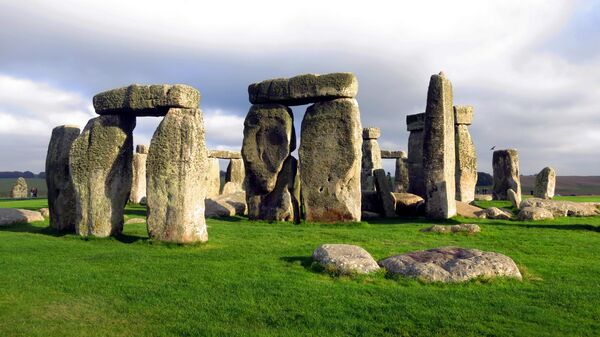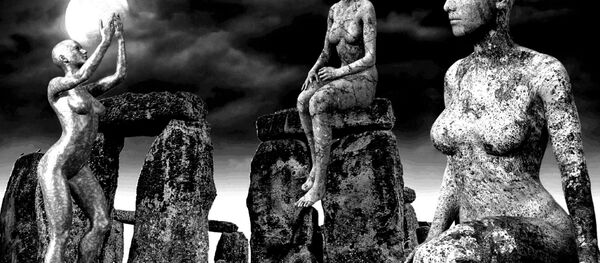According to the site’s former director of excavations, archeologist Mike Pitts, some of the huge stones of Stonehenge were in place right in the Salisbury Plain where they sit today, Science Alert wrote.
This new theory clashes with a previous belief that the sandstone boulders (sarsens) had been dragged to the location from Marlborough-Downs, 20 miles from Stonehenge.
Mike Pitts believes that the largest sarsen, known as Heel Stone, and Stone 16, were already sitting there because, unlike the rest of the monument, they were not carved or shaped in any way.
While excavating near the Heel Stone during the late-1970s, Pitts discovered a hole too large to have been the “socket” for a standing stone. This suggests the stone was lifted out of the hole and stood upright, but not brought from elsewhere.
Besides, a line that runs through the two boulders points to where the Sun rises and falls beneath the horizon at midsummer and midwinter.
Pitts believes that the stones’ natural location could have been the reason why the whole monument was built in the first place.
READ MORE: Scientists Use Technology to Discover the Secrets of Stonehenge
One of the wonders of the world and the best-known prehistoric monument in Europe, Stonehenge consists of a ring of standing stones, each about 4 meters high, 2.1 meters wide and weighing around 25 tons.
The stones are set within earthworks in the middle of a complex of Neolithic and Bronze Age monuments in England, including several hundred burial mounds.



